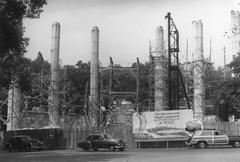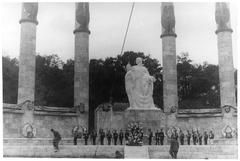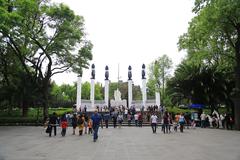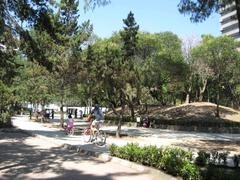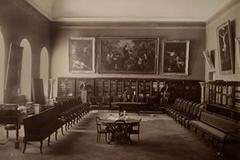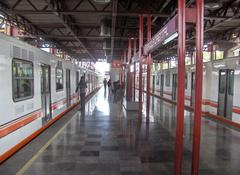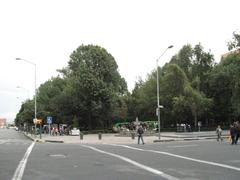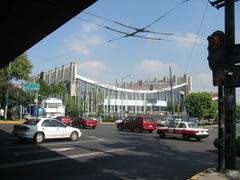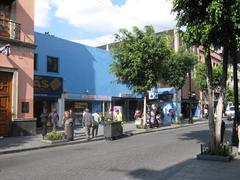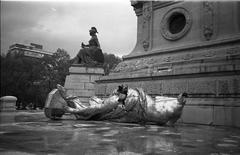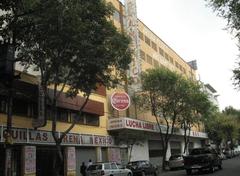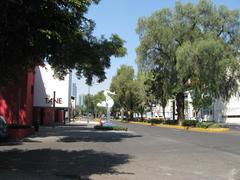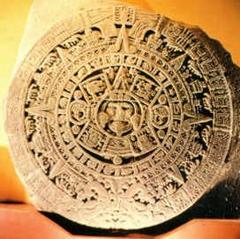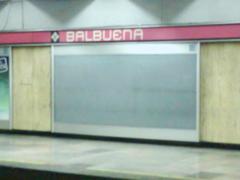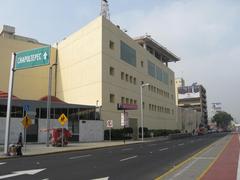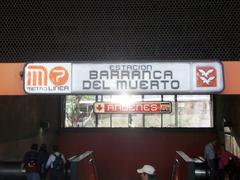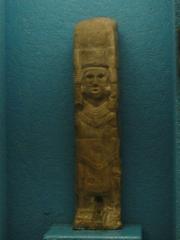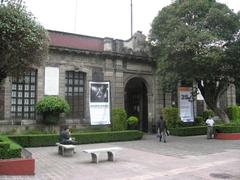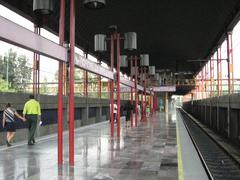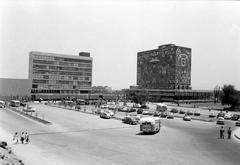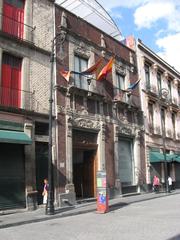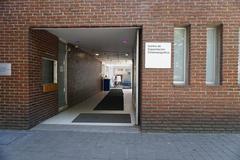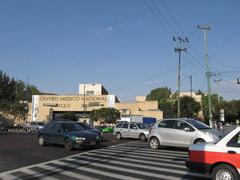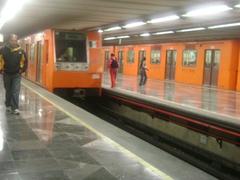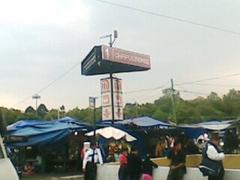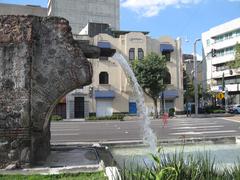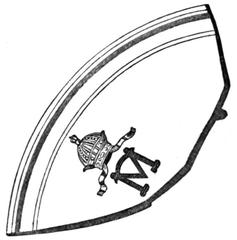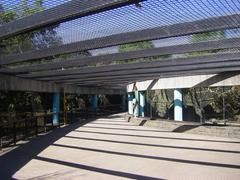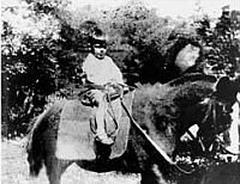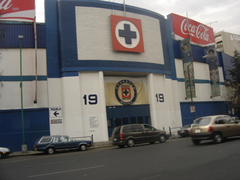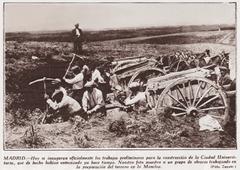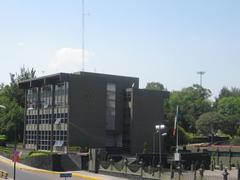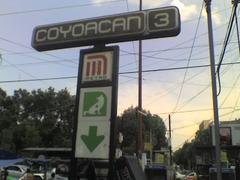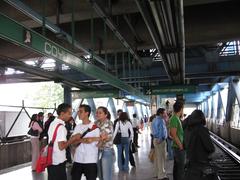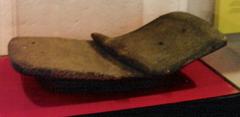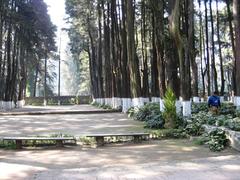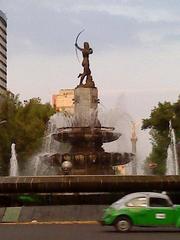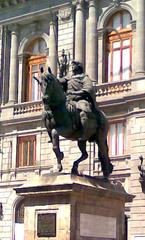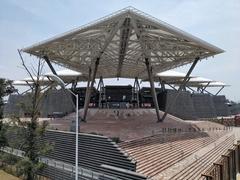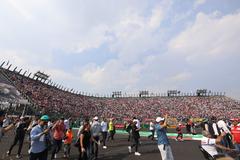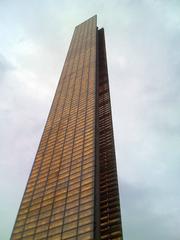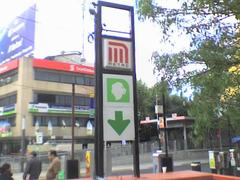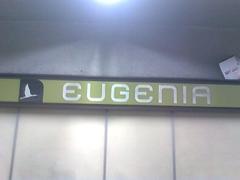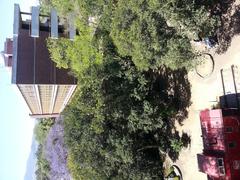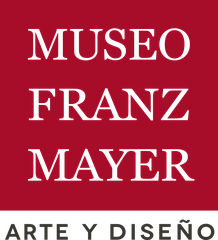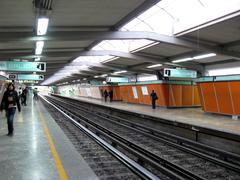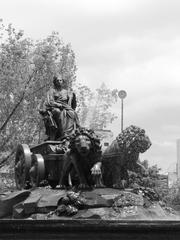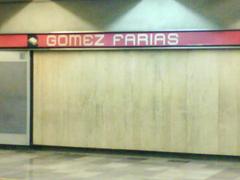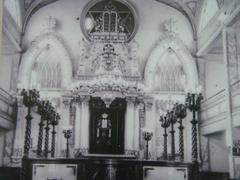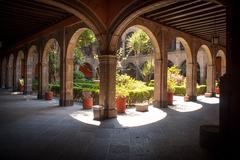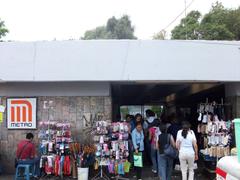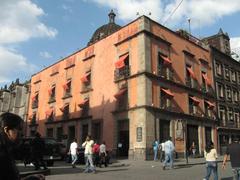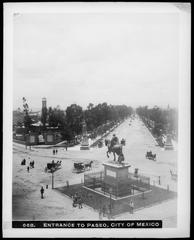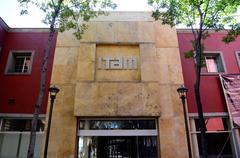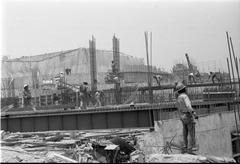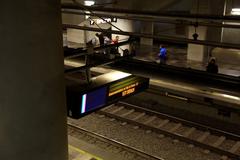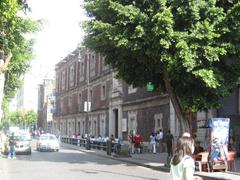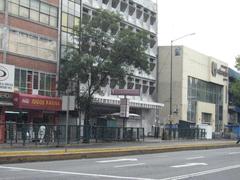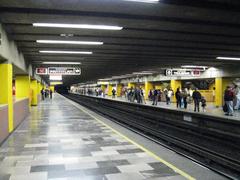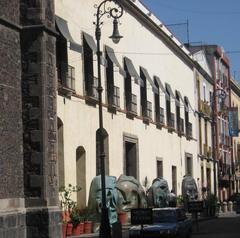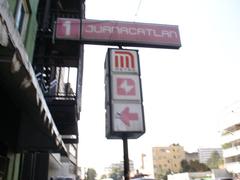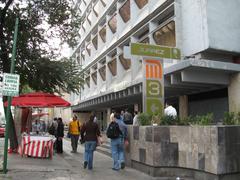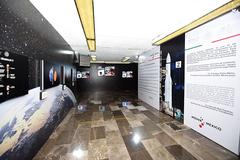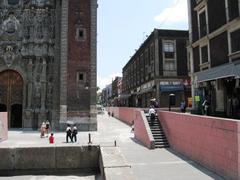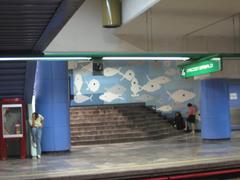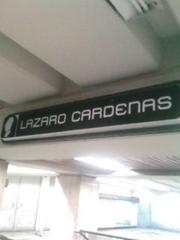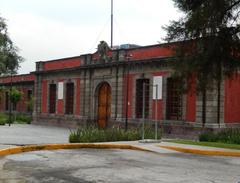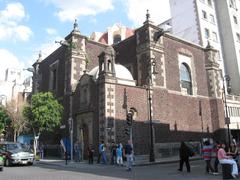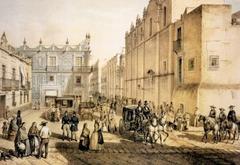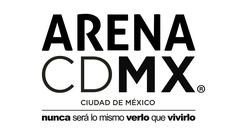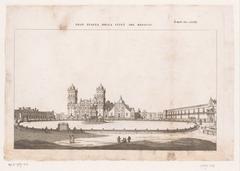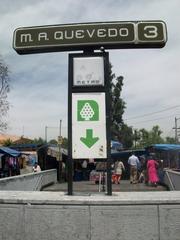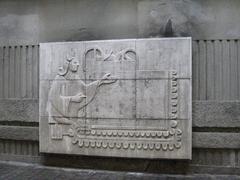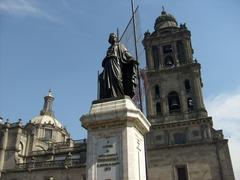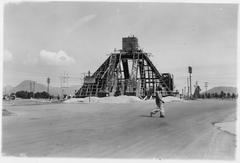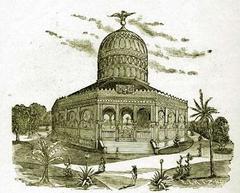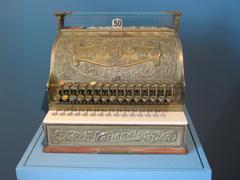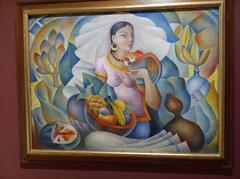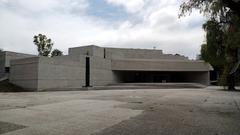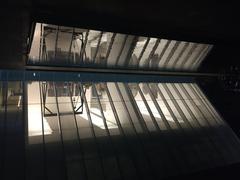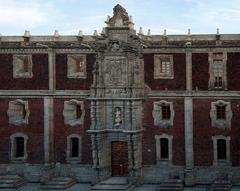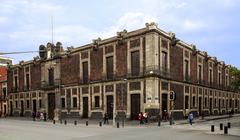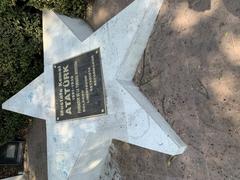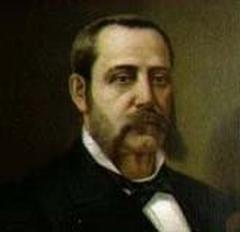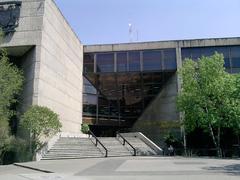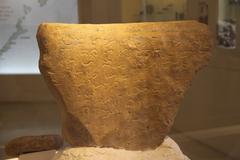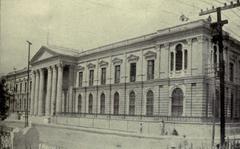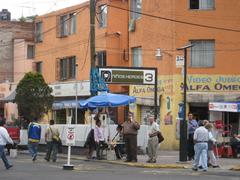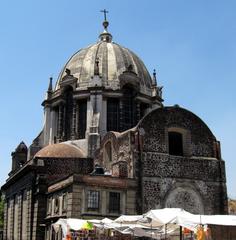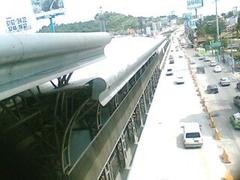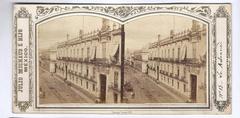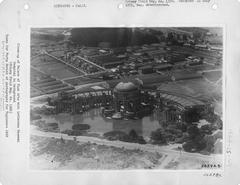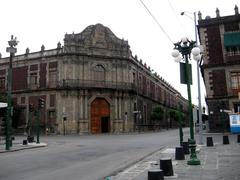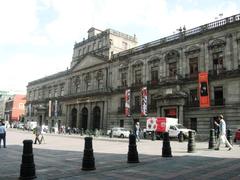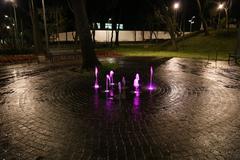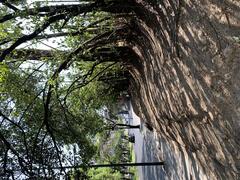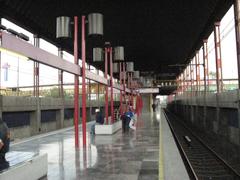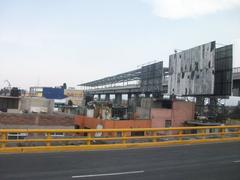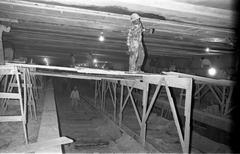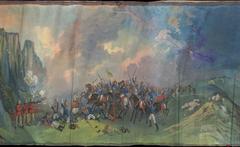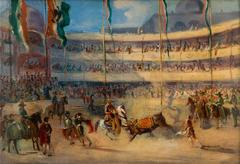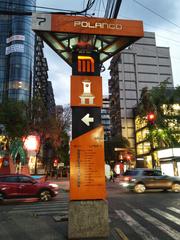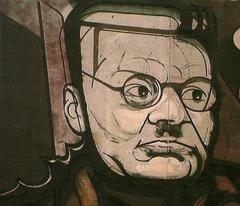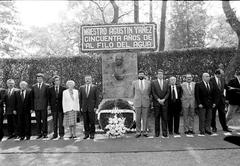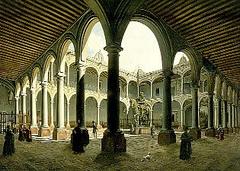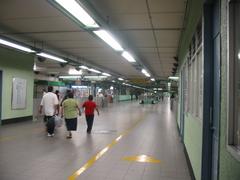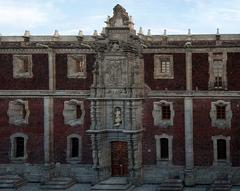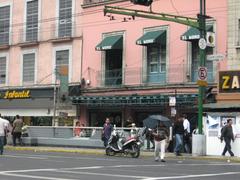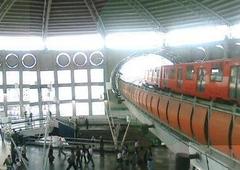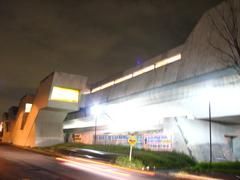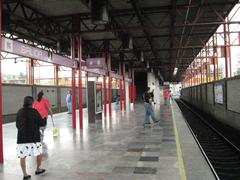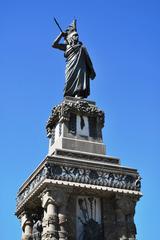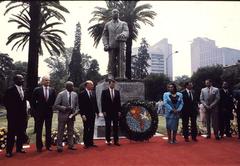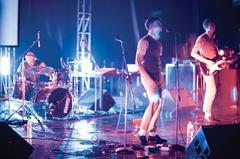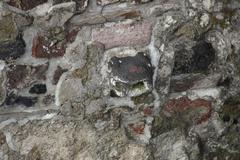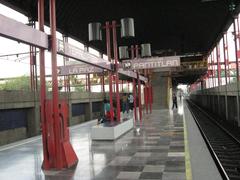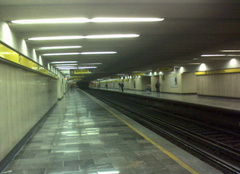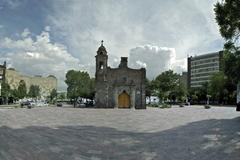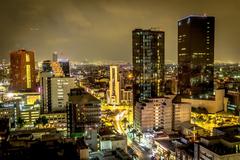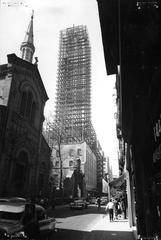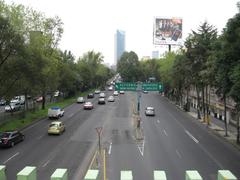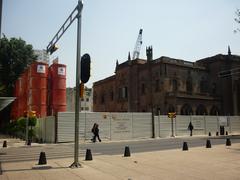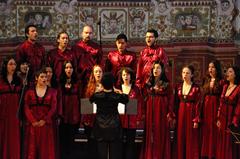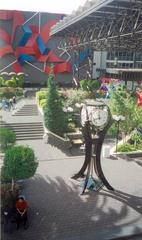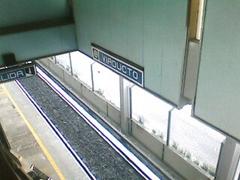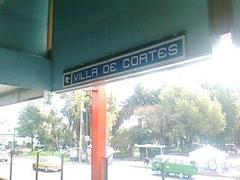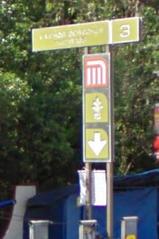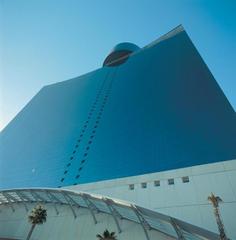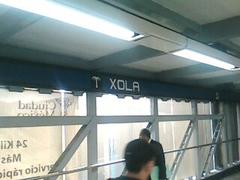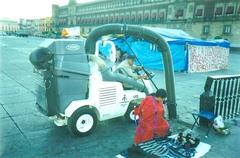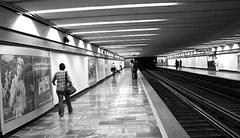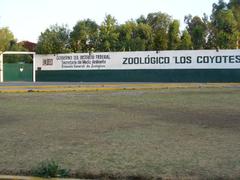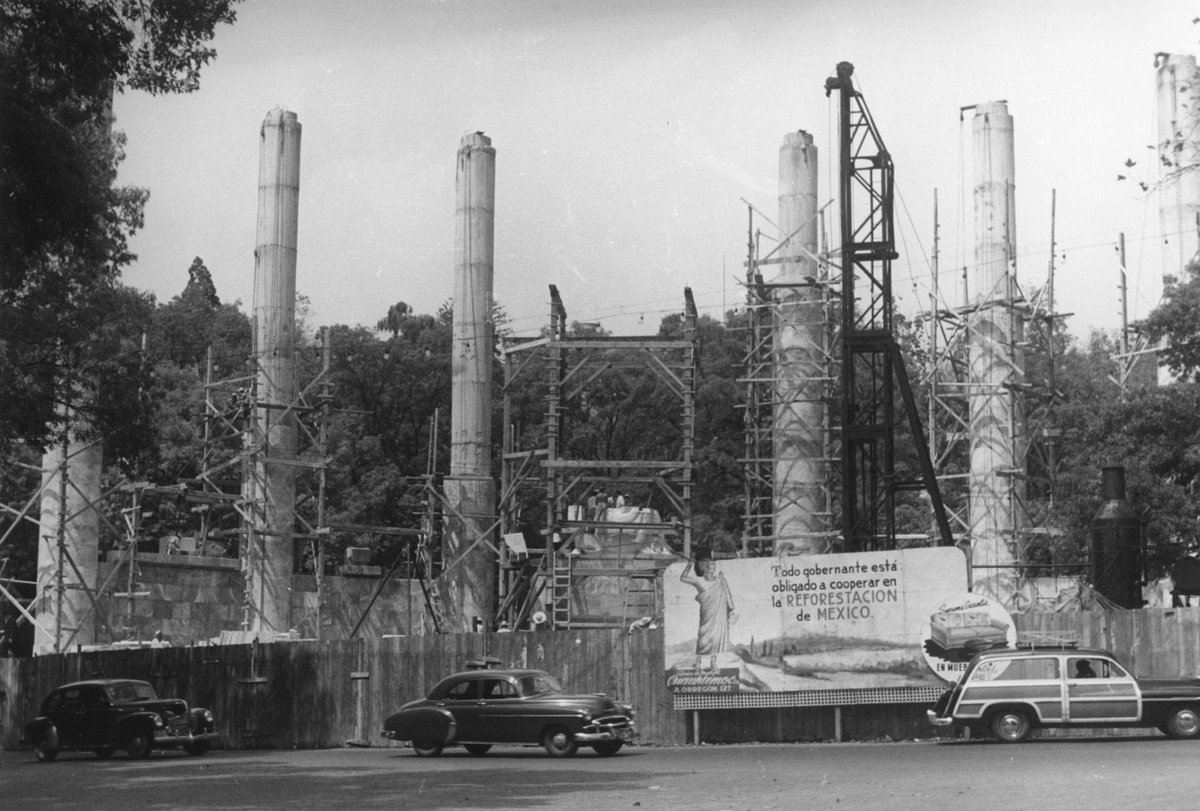
Visiting the Site Museum: Hours, Tickets, and Tips
Date: 24/07/2024
Introduction
The National Museum of Anthropology in Mexico City is a cornerstone of Mexican cultural heritage and one of the most visited museums in Latin America. Established in 1964 and designed by renowned architect Pedro Ramírez Vázquez, the museum’s avant-garde architecture continues to captivate visitors with its striking design, including the iconic floating concrete slab above a pond (Condé Nast Traveler). As the largest collection of ancient Mexican artifacts globally, housing over 600,000 objects, the museum offers an unparalleled journey through the diverse civilizations that have shaped Mexico’s rich history (Sailing Stone Travel). This comprehensive guide aims to provide visitors with detailed information on the museum’s history, key exhibits, visiting hours, ticketing options, and practical tips to enhance their experience. Whether you are a history aficionado, an archaeology enthusiast, or simply curious about Mexico’s past, the National Museum of Anthropology promises a profound and enriching visit.
Table of Contents
- Introduction
- History of the National Museum of Anthropology, Mexico City
- Visitor Tips and Practical Information
- Accessibility and Transportation
- Nearby Attractions
- FAQ
- Conclusion and Call to Action
History of the National Museum of Anthropology, Mexico City
Establishment and Architectural Significance
The National Museum of Anthropology in Mexico City, established in 1964, stands as a monumental testament to Mexico’s rich cultural heritage. Designed by the renowned Mexican architect Pedro Ramírez Vázquez, the museum’s avant-garde architecture remains strikingly modern even today. One of the most iconic features of the building is the massive concrete slab that appears to float above a pond, a design marvel that continues to captivate visitors (Condé Nast Traveler).
Collection and Exhibits
The museum houses over 600,000 objects, making it the largest collection of ancient Mexican artifacts in the world. The exhibits are organized geographically rather than chronologically, providing a comprehensive overview of the various civilizations that have inhabited Mexico. This organizational structure allows visitors to explore the cultural and historical contexts of different regions simultaneously (Sailing Stone Travel).
Key Artifacts and Highlights
The Monolith of Tlaloc
Before even entering the museum, visitors encounter the Monolith of Tlaloc, a colossal sculpture of the ancient Mesoamerican rain deity. Discovered in the 1800s near the base of Mount Tlaloc, this 7-meter-high, 168-ton monolith was moved to Mexico City in 1963, just in time for the museum’s grand opening (Sailing Stone Travel).
The Aztec Sun Stone
One of the most famous artifacts in the museum is the Aztec Sun Stone, also known as the Calendar Stone. This massive basalt sculpture, weighing 24 tons, is intricately carved with symbols representing the Aztec understanding of time and the cosmos. It is a focal point of the Mexica (Aztec) exhibit and draws thousands of visitors each year (Mexico Travel Secrets).
The Statue of Coatlicue
Another significant artifact is the statue of Coatlicue, the Aztec goddess of earth and fertility. This imposing and surreal sculpture is a masterpiece of Aztec art, showcasing the intricate craftsmanship and religious symbolism of the civilization. The statue is one of the museum’s most photographed pieces (Sailing Stone Travel).
Special Exhibits and Temporary Collections
The museum frequently hosts special temporary exhibits that highlight various aspects of Mesoamerican culture. These exhibits often feature a ‘best of’ selection from the museum’s extensive collection, providing visitors with a unique opportunity to see rare and significant artifacts that are not always on display. During these special exhibits, some pieces from the main exhibits may be temporarily relocated to fit the theme (Sailing Stone Travel).
Visitor Tips and Practical Information
Opening Hours and Admission
The museum is open from 9:00 AM to 6:00 PM, Tuesday through Sunday. As of 2024, the admission fee is $95 MXN. It is advisable to arrive early to avoid the crowds and to make the most of your visit (Sailing Stone Travel).
Ticket Purchasing Options and Discounts
Tickets can be purchased online through the museum’s official website or at the gate. Discounts are available for students, teachers, and seniors upon presenting valid identification. On Sundays, admission is free for Mexican citizens and residents (Mexico Travel Secrets).
Navigating the Museum
Given the museum’s vast size, some visitors prefer to explore it over multiple days. However, it is possible to see a large majority of the exhibits in a single day if planned efficiently. The museum’s layout is primarily geographical, with each section dedicated to a different region of Mexico. This allows for a more immersive and contextual understanding of the artifacts (Sailing Stone Travel).
Language and Signage
While the museum attracts visitors from around the world, a significant portion of the signage is in Spanish. English signage is available in some parts, but it is somewhat random and often missing from the artifact displays. Visitors can rent an audio guide, although this may slow down the pace of the visit (Sailing Stone Travel).
Food and Refreshments
Visitors are free to leave the museum and return later in the day with the same ticket, making it convenient to take breaks for lunch or coffee. The museum has an on-site restaurant, but it is relatively expensive. Just outside the museum, there are numerous affordable food stands offering a variety of local delicacies (Sailing Stone Travel).
Accessibility and Transportation
The National Museum of Anthropology is located within Chapultepec Park in the southwest portion of central Mexico City. The closest subway station is Chapultepec on Line 1 (the pink line). However, as of the latest update, the western half of Line 1 is undergoing renovations, so visitors may need to consider alternative transportation options (Sailing Stone Travel).
Nearby Attractions
For those interested in further exploring Mexico City’s rich cultural landscape, several other notable museums are located nearby. The Museo Tamayo and the Palacio de Bellas Artes are excellent choices for art enthusiasts. Additionally, the Templo Mayor Museum in the Centro Historico district offers more insights into Aztec civilization (Mexico Travel Secrets).
FAQ
What are the National Museum of Anthropology’s opening hours? The museum is open from 9:00 AM to 6:00 PM, Tuesday through Sunday.
How much do tickets to the National Museum of Anthropology cost? As of 2024, the admission fee is $95 MXN.
Are there any discounts available? Yes, discounts are available for students, teachers, and seniors with valid identification. On Sundays, admission is free for Mexican citizens and residents.
Can I buy tickets online? Yes, tickets can be purchased online through the museum’s official website.
Is there an audio guide available? Yes, visitors can rent an audio guide, although this may slow down the pace of the visit.
Conclusion
A visit to the National Museum of Anthropology in Mexico City offers a unique and immersive experience into Mexico’s rich cultural tapestry. This museum serves not only as a repository of ancient artifacts but also as a testament to the country’s dedication to preserving and showcasing its historical and cultural heritage. From the colossal Monolith of Tlaloc to the intricate Aztec Sun Stone and the imposing Statue of Coatlicue, the museum’s exhibits provide a comprehensive look into the civilizations that have inhabited Mexico (Sailing Stone Travel). Visitors can take advantage of various amenities, including guided tours, audio guides, and nearby attractions such as the Museo Tamayo and the Palacio de Bellas Artes, to make their visit even more enriching (Mexico Travel Secrets). Plan your visit today to explore this monumental testament to Mexico’s past, and don’t forget to check out related posts on our website and follow us on social media for more updates.
